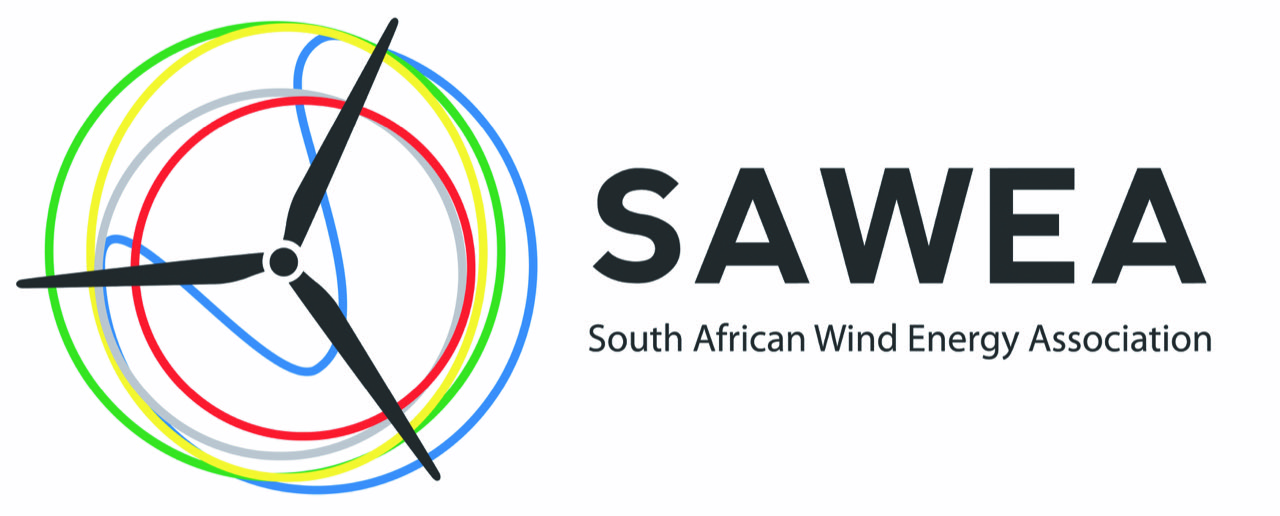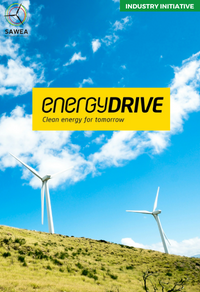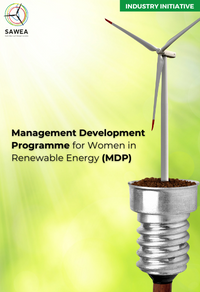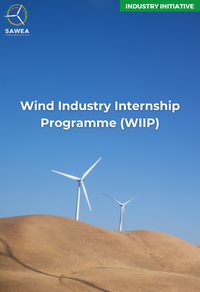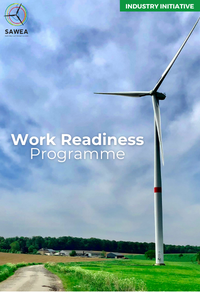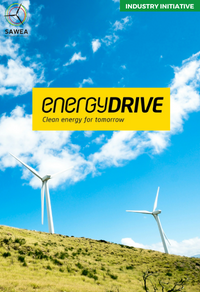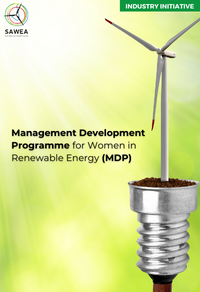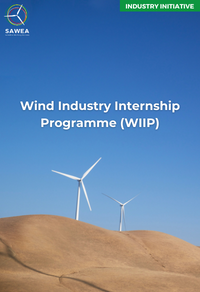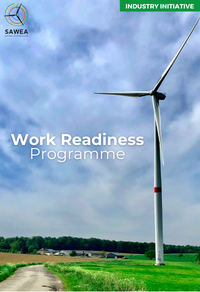CEO Voice - July 2025
Dear SAWEA Members,
Several fundamental policy and regulatory developments continue to reshape the landscape for wind energy in South Africa. From grid reform and land access to gender inclusion, SAWEA remains at the forefront—advocating for a more enabling environment for wind energy, with localisation and grid expansion central to the sector’s long-term sustainability.
While unpacking the Department of Electricity and Energy’s 2025/26 Budget Vote, we understand Government’s strong emphasis on grid expansion, energy poverty alleviation, and localisation. This direction is set to strengthening strategic renewable energy corridors—such as Upington and Tsitsikamma—signalling a positive trajectory for wind investment and regional development.
However, turning this vision into action depends heavily aligned objections and a closer working relationship between Government and Industry. The draft Transmission Infrastructure Regulations are essential to unlocking private sector capital, reducing investment risk, and bringing transparency and predictability to how new grid capacity is developed and allocated. In short, they are a key step in liberalising South Africa’s transmission network to meet growing demand for clean energy. Codifying clear grid access rules is a vital step in enabling more wind electrons onto the grid and accelerating project delivery.
Once grid expansion mechanisms are in place, the next critical step lies in how grid access is allocated. The current NERSA Draft Grid Connection Allocation Rules (GCAR) process is a significant opportunity to formalise this. SAWEA has submitted a comprehensive response, advocating for transparent, standardised, and development-oriented queuing rules that align with national energy goals. We will also be presenting our views at the upcoming public hearings. The formalisation of grid access is fundamental to enabling more wind electrons to flow and accelerating delivery of projects already in the pipeline.
That said, expanding wind energy into new regions—particularly Mpumalanga—presents fresh challenges. One such issue is conflicting land use, particularly with mining interests under Section 53 of the Mineral and Petroleum Resources Development Act (MPRDA). A truly Just Energy Transition requires alignment across government mandates. SAWEA is engaging with relevant stakeholders to ensure land use frameworks reflect the minimal environmental impact of wind energy while recognising the urgency of South Africa’s energy security needs and economic priorities.
On a positive note, Women’s Month brings with it the long-awaited launch of the Gender Diversity Baseline Study, part of the Department of Electricity and Energy’s G20 and Women’s Month programme. This milestone brings pride and reflection as we remember the late Ntombifuthi Ntuli, a visionary leader who championed the advancement of women in the sector.
Lastly, thank you to all who attended our inaugural Mid-Year Reflections. It was an important opportunity to reconnect and realign as we prepare for Windaba 2025. We were reminded by NERSA Chairperson Mr. Thembani Bukula that we all share a collective responsibility to make the energy system work—for the sector, the economy, and the country.
Looking ahead, Windaba 2025 arrives at a decisive moment. Declared the “Year of the Grid”, this year has brought our sector together around the need for transmission reform, investment coordination, and regulatory clarity. Windaba will be a platform for turning these conversations into action.
The role of wind energy in South Africa’s future is indisputable. As we navigate this dynamic landscape, your continued engagement is critical—through shared expertise, active participation, and collective advocacy.
Together, we are building a resilient, inclusive, and sustainable future for wind energy through your valuable contribution.
Regards,
Niveshen Govender
CEO
